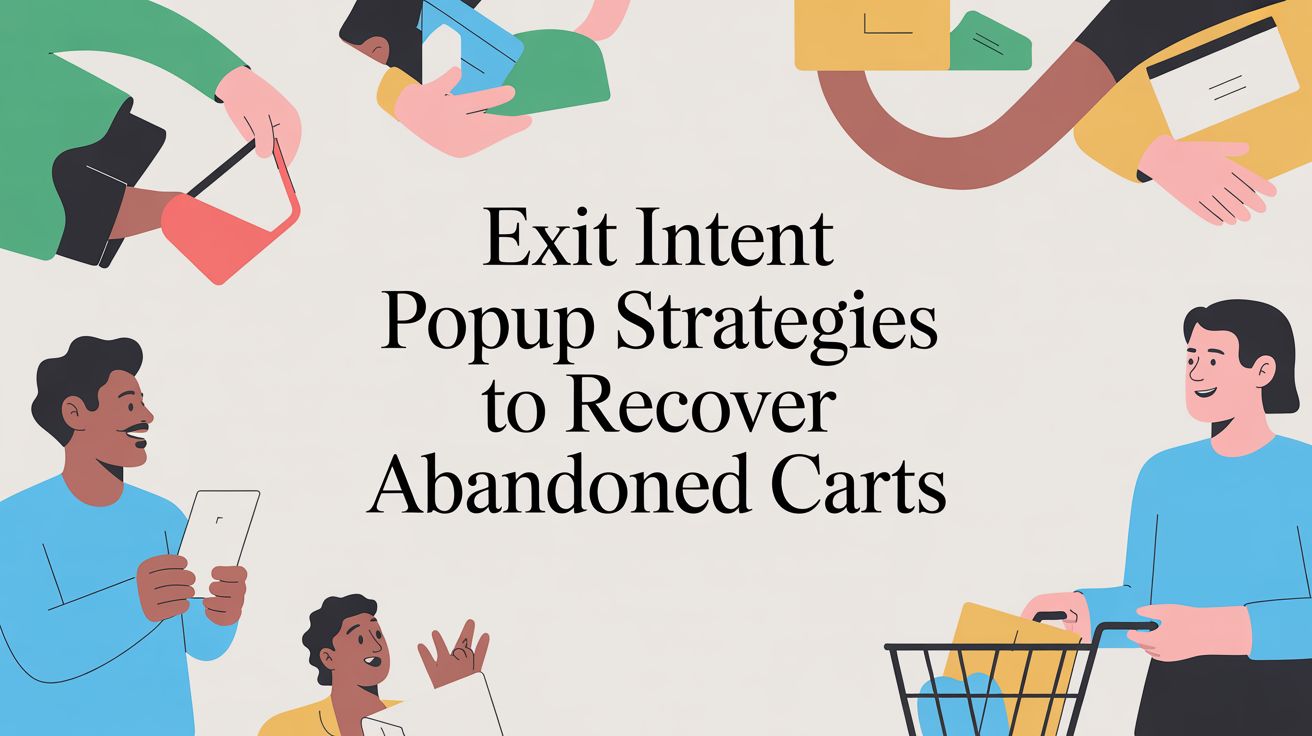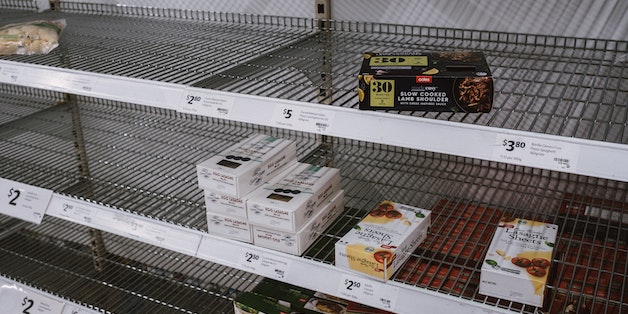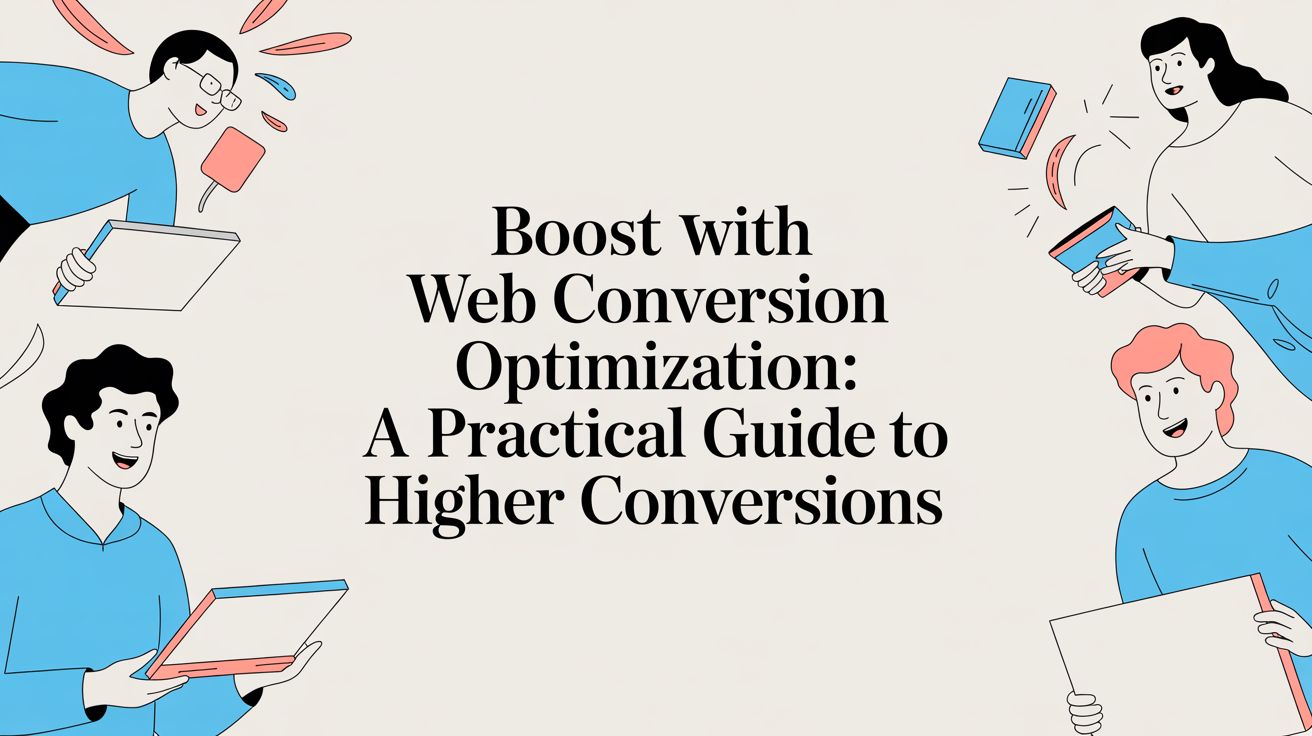
5 ways to incorporate FOMO into your B2C marketing

When brands create a sense of scarcity, their products and services seem more desirable, driving up demand and ultimately boosting sales. But how can you influence a fear of missing out in ethical ways that also benefit your customers? You’ll need clear-cut tactics that meet your customers where they are and feature honest, psychology-heavy content.
We talked to Angel Martins, Managing Director at Finsbury Media, a digital marketing agency based out of Liverpool, and Paula Glynn, Director of Search Marketing & Digital Strategy at Pixelstorm, a digital marketing agency in Australia, about five of their favorite strategies to leverage scarcity and promote the fear of missing out.
Ideas for incorporating FOMO
1. Incorporate urgency and exclusivity into your social media
If you want to get the word out about an upcoming campaign and drive a fast response from your audience, social media can come in handy.
Many social media users are primed for consumption, ready to see the latest information at their fingertips. If you market your content strategically, using scarcity where appropriate, you can deliver material that promotes consumer action.
“Social media is great for creating a sense of urgency and exclusivity around your product or service. You can do this by running limited-time promotions or only making a certain number of available items. Use strong visuals and copy to drive home a sense of urgency,” Glynn said.
2. Use limited-time offers
Scarcity isn’t limited to products or services. You can also create scarcity around the concept of time.
Offering a product or service for a limited period of time is a great way to heighten its perceived value. When customers know that an offer won’t be around for a long time, they’re more likely to view it as something worth experiencing.
“People are more likely to act if they feel like they’re getting a good deal or are about to miss out on something,” said Glynn. “Creating limited-time offers is a great way to develop a sense of urgency around your product or service. Just ensure that the request is truly exclusive and not something people can easily find elsewhere.”
3. Highlight why your product or service is unique
Chances are if you allow your customers to skip over a product or service, they more than likely will. Not because they don’t have loyalty to your brand, but because spending money can cause humans psychological pain. To combat these feelings, you’ll have to prove just how special your offering truly is.
“No one wants to feel like they’re missing out on something essential. So, if you can make your product or service sound like a must-have, you’re more likely to pique people’s interests. You can do this by talking about what makes your product or service unique and highlighting its benefits,” said Glynn.
You’ll want to highlight the unique nature of your brand and give customers more reasons to value the products and services.
“The key is to create a promotion or experience that your target audience will perceive as rare, luxury or 'once in a lifetime,' ” said Martins. “By doing this, you'll be able to capitalize on the consumer's FOMO and drive them to take your desired action.”
4. Create exclusivity around your audience base
Not only should your products be special, but they should make your customers feel special as well.
“People are more likely to buy from you if they feel like they’re part of a community or an exclusive club. This sense of belonging will make them feel more invested in your product or service,” said Glynn.
Why does exclusivity work so well? Outside of fostering brand loyalty, things that are only available to a certain amount of people usher in quick movement from consumers out of desire to feel special.
“Let's look at markets such as limited-edition sneakers, clothing, sporting events, concerts, cars and more. This creates a sense of urgency, encouraging consumers to act quickly in fear of missing out,” said Martins. “Not only this, but they also fulfill our ego's desire for exclusivity. Making consumers feel special whenever they purchase a scarce product or service.”
4. Use strong visuals and copy to convey urgency
Products and services aren’t meant to do all the work to create urgency in consumers — your visual and written content can help too.
“Your visuals and copy should work together to create a strong sense of urgency and exclusivity around your product or service. Use strong headlines and images that capture people’s attention and make them want to learn more about your offer,” said Glynn.
Creating scarcity in your marketing campaigns can have a major impact on how customers see your brand. By using these strategies, you can encourage positive thoughts that influence forward movement.

Lindsay Keener is a brand journalist for Quikly. She covers stories that help to inform and educate consumer-facing marketers.

